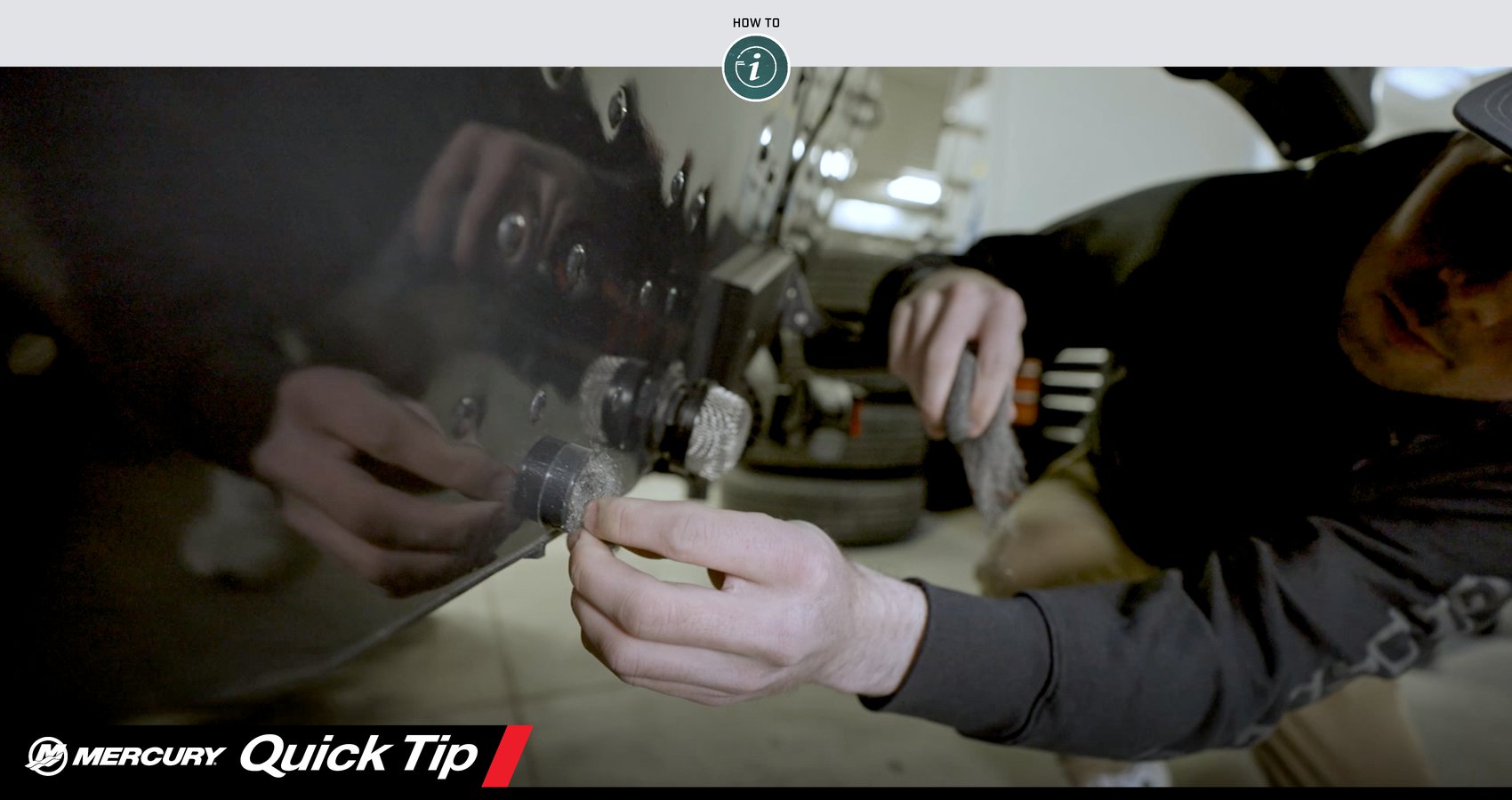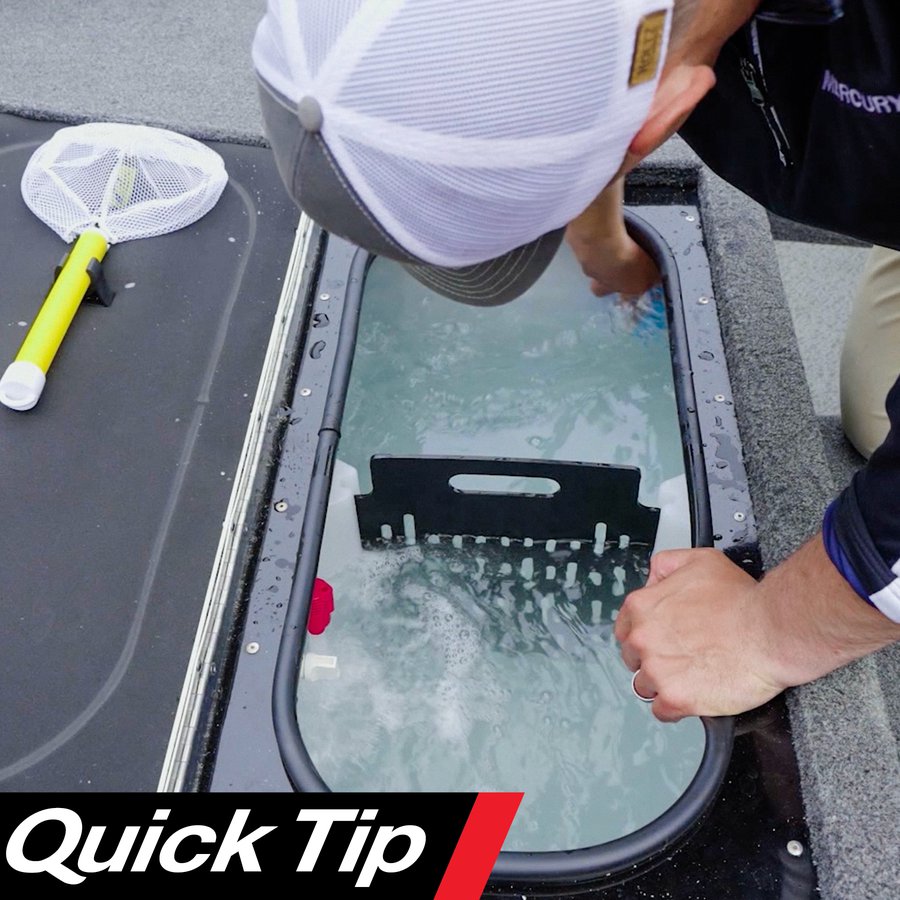Mice may look cute in cartoons, but there’s nothing amusing about rodents taking up residence in a boat.
Rodents – and mice in particular – may seem harmless enough, but make no mistake: Just a few of them, left unchecked for any amount of time, can do substantial damage to your boat. Aside from leaving the unsanitary and unpleasant presence of droppings and urine, rodents can chew through cushions and carpet, gnaw the insulation off wiring and build nests in the hardest-to-reach places. And if one of these critters happens to expire in one of the dozens of tiny voids under the deck, the powerful odor can last for weeks or months.
Fortunately, a little prevention goes a long way toward helping you avoid such nightmare scenarios. In this Mercury Quick Tip video, we’ll show you a few simple techniques for making your boat as inhospitable as possible to rodents. All it takes is a few inexpensive items that you can find at any grocery or big box store.
Shopping list:
- Dryer sheets
- Small resealable plastic bags
- Mothballs
- Steel wool
- Mousetraps
First, take a few plastic bags and place a handful of mothballs in each of them. Put the bags – unsealed – in various spots around the boat where mice might be tempted to nest or hide. Think tackle compartments, console, battery compartment, etc. If the boat is being stored for the winter you can even put one under the engine cowl, as long as you place it in such a way that you will be certain to remove it before operation.
Next, put dryer sheets in every compartment, nook and cranny you can access. The smell of the dryer sheets and the mothballs is said to be a deterrent against a rodent infestation. That said, if you find you have an especially bad infestation where you keep your boat, you might need to try a commercial repellent to deter mice and other rodents from setting up shop on board.
It’s important to note that you can use these methods whether the boat is being stored or if it’s getting used regularly. Just be sure to position the bags and dryer sheets in such a way that they won’t end up in the bilge where they could interfere with your bilge pump and won’t otherwise impede the safe operation of any other equipment on the boat.
If the boat is being stored (or if you’re having ongoing issues with rodents), you can use steel wool to block any access points in the hull. Remember, mice can get through incredibly small holes, so pinch off appropriate-sized pieces of steel wool and stuff them in the drain hole, bilge and livewell discharge holes and any other breaches in the boat. Just make sure the boat is completely dry before applying the steel wool as it will quickly rust in the presence of moisture. All traces of steel wool should be removed prior to operation.
Also, check for openings up top. Many smaller boats have wooden decks, with holes large enough for a mouse to squeeze through and build a nest in the foam or wiring channels underneath. Some of these can be permanently sealed or capped using rubber, calk or other means, or you can use the steel wool to temporarily block access in the offseason.
Finally, bait a mousetrap or two and place them near your trailer tires. Not only will the traps catch some of the rodents that might be trying to come aboard, but they will also alert you to the presence of pests so you can be extra vigilant in checking on the boat periodically.






















